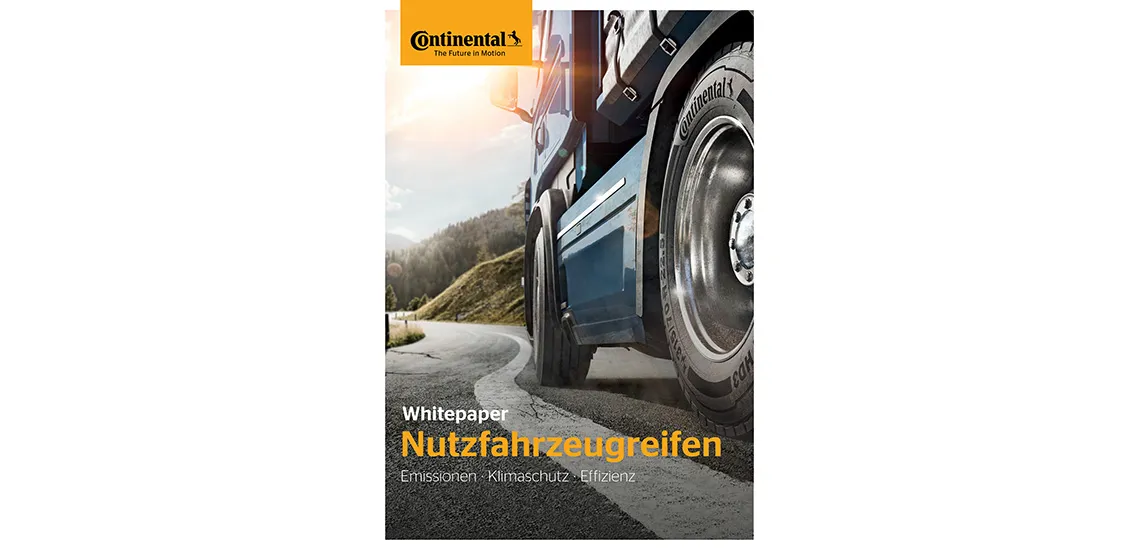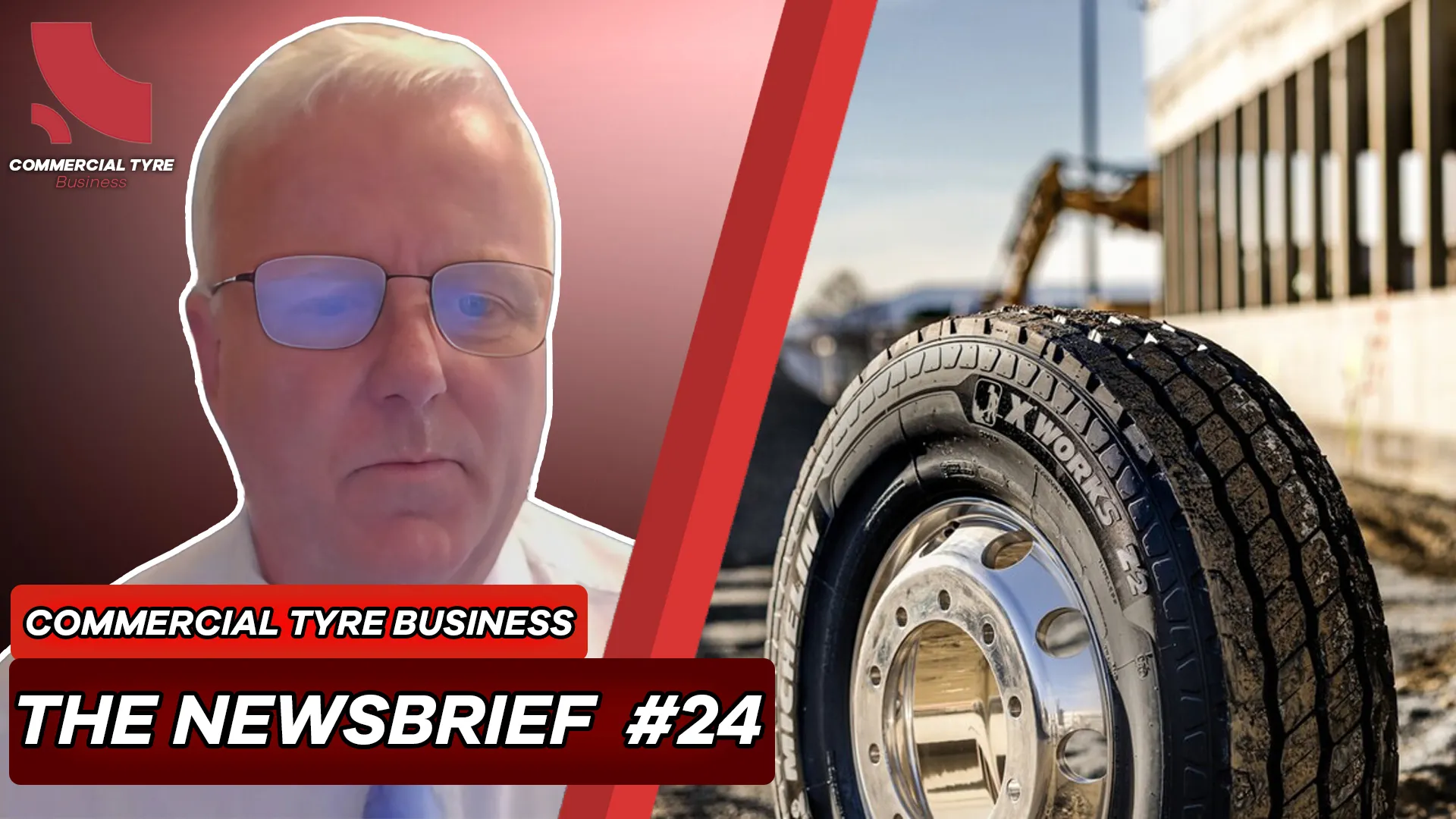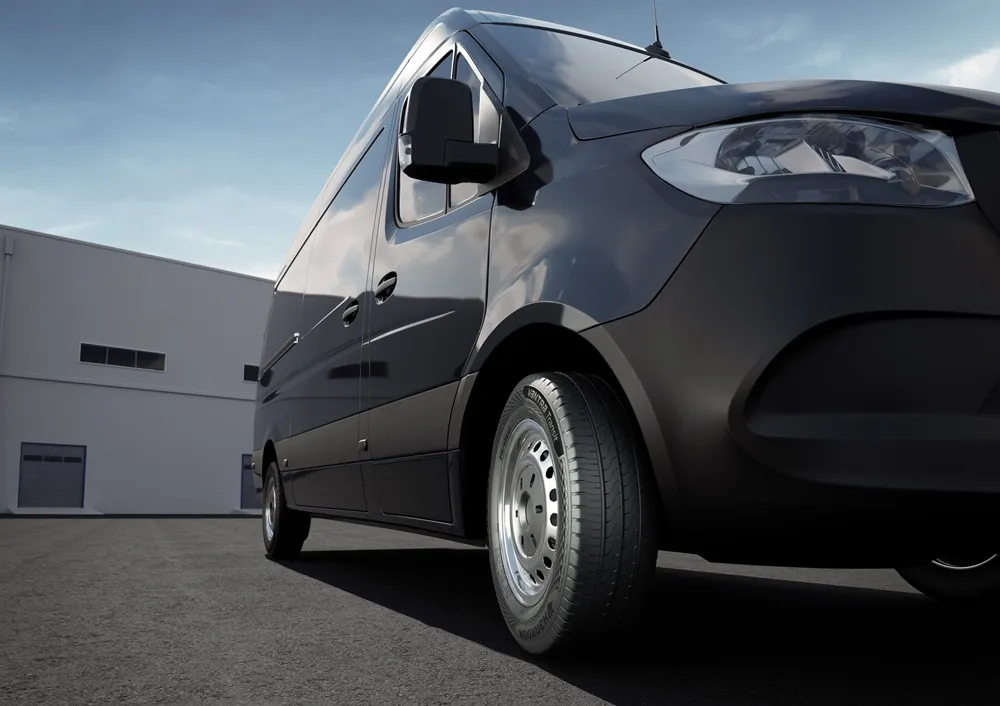In a new Continental white paper release, topics such as current strategies regarding emissions, climate protection and efficiency have been discussed, with an eye to what the future of tyre development will involve.
Continental White Paper Released
In the paper, they acknowledge that tyres can make a significant contribution to protecting the environment. However, as factors such as rolling resistance, fuel consumption, raw materials and the service life of tyres are crucial elements in determining a fleet’s profits, the white paper offers some interesting insights, as transport sets to i...
Continental White Paper Released
In the paper, they acknowledge that tyres can make a significant contribution to protecting the environment. However, as factors such as rolling resistance, fuel consumption, raw materials and the service life of tyres are crucial elements in determining a fleet’s profits, the white paper offers some interesting insights, as transport sets to i...








